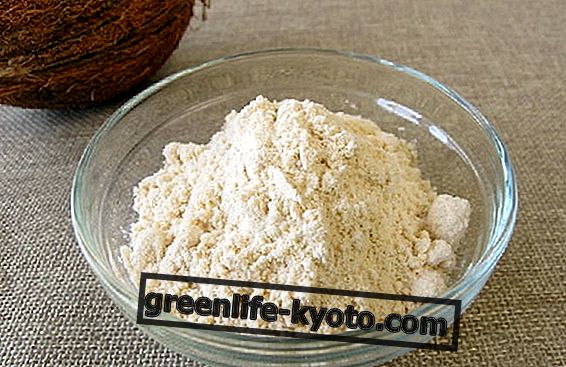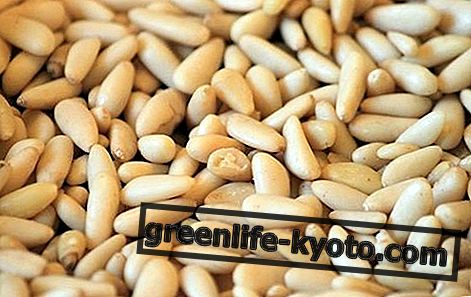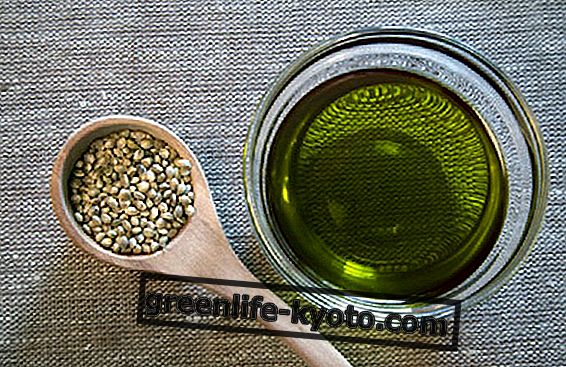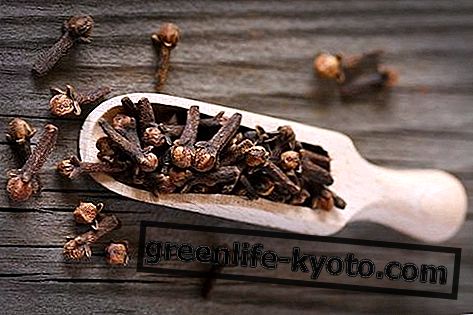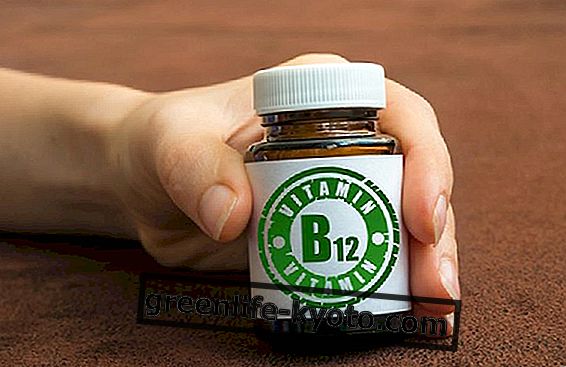The sciatica affects the longest nerve in the body and originates in the lumbar region, passes from the hip joint and continues towards the back of the leg.
The disorder affects about 40% of the population throughout life.
Sciatic pain can have different causes and treatment may be based on the actual cause of the problem. It is often emotionally associated with the fatigue of sustaining the weight of life, with the difficulty given by the continuous attitude to "take charge".
>
>
>
>
Most common causes of sciatica

Symptoms of sciatica
The pain is acute in the lumbar part but can extend to the whole leg. To give pain is usually the piriformis syndrome (not surprisingly is also called among experts in the field "false sciatica", as it starts from the sacral and non vertebral areas at the lumbar level as in the case of lumbosciatalgia) .
Here's what happens: when the sciatic nerve passes through the hip joint, it divides space with different muscles, including, in fact, the piriformis.
If the muscle - in which the nerve runs - suffers trauma or spasms, the sciatic nerve is compressed. The intensity of pain can vary greatly.
Pain is associated with numbness, tingling, impairment of spontaneous motor skills.
Causes
Herniated intervertebral disc, incorrect posture, microtraumatisms and injuries during sports activities (for example due to flexorotations or cold movements) are among the most frequent causes of sciatica.
Even in late pregnancy, given the load in the lumbar region, pain may occur that affects the sciatic nerve area. Even staying in very humid environments can facilitate the appearance of sciatica.
In case of congenital stenosis of the vertebral canal, slipping of one vertebra on the other or scoliosis a predisposition to sciatic pain may develop.
Arthritis, diabetes, obesity, pathologies of the spine, muscle supercharges, infections of the spine are other possible causes.
Diagnosis
An orthopedic visit is enough to understand if it really is sciatica. From the patient's words and from the manual skills of the orthopedist or osteopath or chiropractor or physiotherapist one can understand if there is indeed a compression on the L4 / L5 or sacral nerves S1, S2 and S3.
Among the diagnostic exams, in addition to the clinical examination of leg elevation, which is used for sciatica: x-rays, electromyography.
SCIATALGIA TREATMENTS
Supply
Drinking water is very important. Hydration plays a fundamental role in nourishing the muscles due to the elimination of the metabolism waste that concerns them.
Observe if you are living in a state of mild and unconscious dehydration. Eliminate sugar from the diet, as it stresses the adrenal glands. Increase fish consumption if you are not vegan or vegetarian. Yes to dried fruit in moderate quantities.
Back pain can be prevented at the table and so is sciatica. Eat plenty of fruits and vegetables, favoring foods that contain vitamin B. Eliminate sugary or caffeinated drinks.
By choosing to add ginger to your dishes, you will make friends with a great natural pain reliever. Yes also to turmeric dishes.
Discover also the holistic view of back pain

Herbal remedies for sciatica
The phytotherapeutic remedy par excellence is the devil's herb ( Arpagophytum procumbens ), whose root has very effective anti-inflammatory active ingredients, it also boasts an analgesic activity.
Withania ( Withania somnifera ), native to India and Africa, is a phytotherapeutic remedy that belongs to classical ayurvedic medicine . It is a great anti-inflammatory, analgesic and antirheumatic.
The flowering tops of the o lmaria ( Spiraea ulmaria ), are known for their anti-inflammatory properties.
The black ibes ( Ribes nigrum ) is very useful in inflammatory states.
In gemmotherapy, even in the case of arthrosic pain and chronic sciatica, gems from vee ( Vitis vinifera ) are used, rich in flavonoids, tannins, organic acids, mineral salts.
Bach flowers for sciatica
Among the Bach flowers, Vervain is indicated as the one suitable for those who are characterized by a certain rigidity, who change their pion with difficulty and obey a personal discipline that they impose themselves.
In these subjects a sciatica can appear very tied to the psychological component. The tendency is to overdo and sleep little and there is intolerance towards opinions different from one's own.
Traditional Chinese Medicine
Acupuncture treats the points of lumbar pain, and blood and energy that flow with difficulty are moved. Among the meridians involved we find the Tai Yang meridians of the foot, Shao yin of the foot, Shao Yang of the foot.
In traditional Chinese medicine, the stagnation of energy is linked to the functionality of internal organs that can be compromised by emotions. In this case the reference organs are the liver and kidneys connected to the system that regulates tendons, bones and marrow.
Homeopathy
Among the homeopathic remedies is Rhus toxicodendron, especially for sciatica due to humidity and cold. Arnica Montana is the most useful and known homeopathic remedy in this sense and is obtained from the mother tincture of its flowers.
Nux Vomica acts on pain and on the sensation of fragility, vulnerability and chills; it is excellent not only for sciatica but also for pains in the musculoskeletal system, lumbago, rheumatism.
Exercises and movement in case of sciatica
Rehabilitation therapy is not undertaken when the pain is on and in an acute phase. After resting and any drug therapies or based on natural remedies, we continue with a specific path.
The rehabilitation pathway aims to correct posture, support the muscles and irritate it, greatly improving the flexibility of the spine .
Normal sporting activity, whatever your discipline, must gradually resume. Green light for movement in the water and gentle exercise in the shooting phase, always with a lot of internal listening.
Yoga is good but always listening to each other a lot, without doing it in a performative way. Tai chi is excellent for posture.

